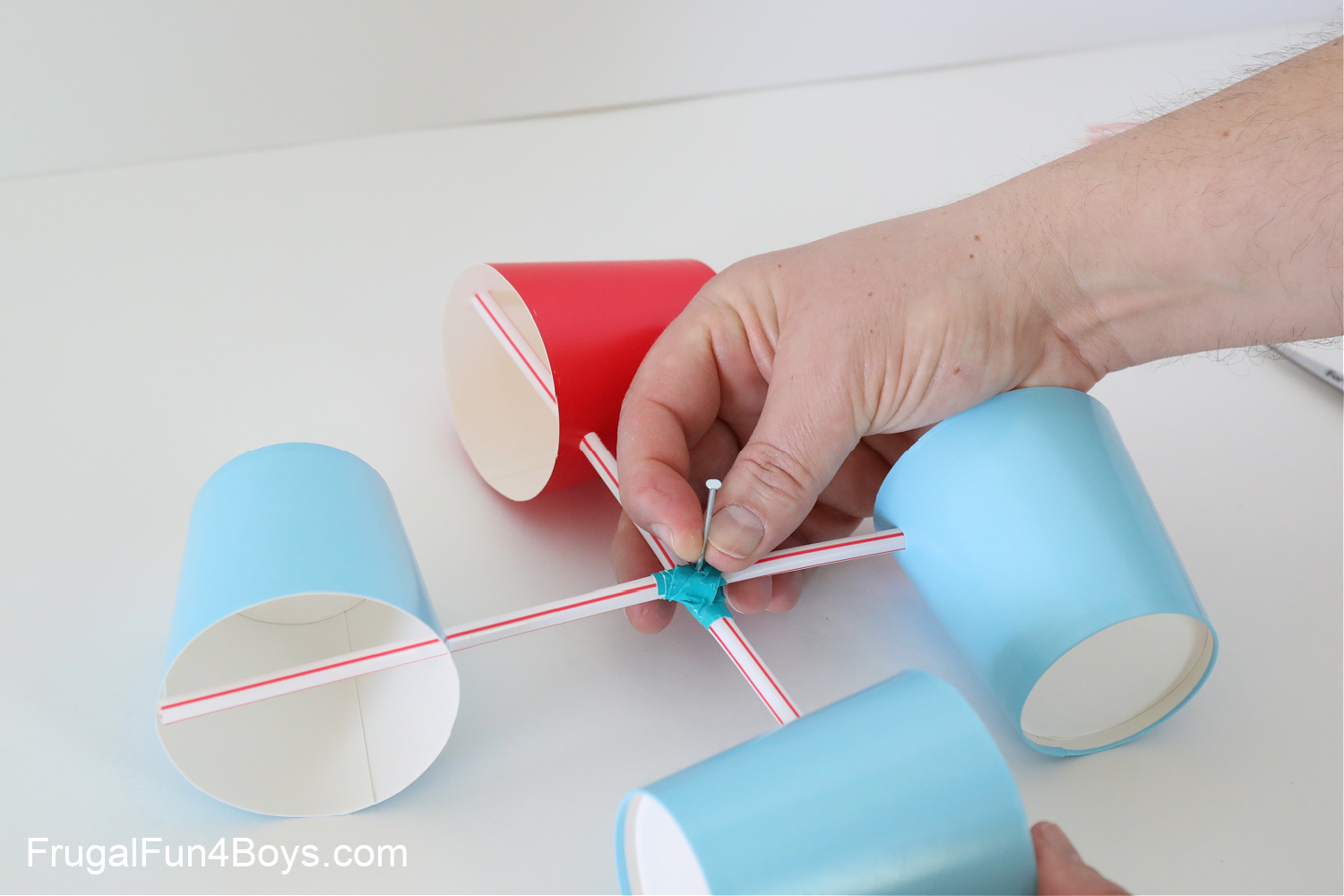The Function of an Anemometer in Improving Safety And Security for Outdoor Activities
The Function of an Anemometer in Improving Safety And Security for Outdoor Activities
Blog Article
Exploring the Features and Benefits of Anemometers for Weather Fanatics and Professionals
Anemometers stand as crucial devices in the world of weather tracking, accommodating both fanatics and experienced specialists alike. These gadgets provide a home window right into the dynamic globe of wind patterns and speeds, supplying indispensable information for atmospheric evaluation and forecasting. From cup anemometers to sonic anemometers, each type brings its distinct collection of applications and benefits, losing light on different facets of atmospheric conditions. As we explore the features and benefits of anemometers, a much deeper understanding arises not only of dominating weather condition sensations but additionally of the broader ramifications for markets like wind power production and ecological research.
Significance of Anemometers in Climate Monitoring
Anemometers play a vital function in climate monitoring by supplying exact dimensions of wind speed, aiding in forecasting and understanding weather patterns. These instruments, ranging from standard cup anemometers to modern ultrasonic anemometers, are crucial for meteorologists, scientists, and climate fanatics alike.

Types of Anemometers and Their Applications
The most typical types of anemometers consist of cup anemometers, vane anemometers, hot-wire anemometers, and ultrasonic anemometers. Cup anemometers are composed of 3 or four cups mounted on straight arms that rotate with the wind, gauging its rate. Vane anemometers, on the various other hand, utilize a freely rotating vane to align with the wind direction, supplying both wind speed and instructions measurements.
Each kind of anemometer has its one-of-a-kind benefits and applications. Mug anemometers are durable and ideal for basic climate monitoring, while vane anemometers are favored for directional measurements. Hot-wire anemometers are delicate to low air speeds, making them ideal for interior environments. Ultrasonic anemometers are non-intrusive and offer high precision, often utilized in study and specialized weather tracking applications. Comprehending the characteristics and applications of each kind of anemometer is essential for choosing one of the most appropriate instrument for certain weather checking demands.
Benefits of Making Use Of Anemometers in Forecasting
In meteorology, the utilization of anemometers supplies very useful advantages for improving the accuracy of weather projecting. Anemometers gauge wind rate and instructions, giving important data for anticipating weather patterns. By integrating wind data into projecting versions, meteorologists can much better understand the movement of weather condition systems, expect modifications in climatic problems, and problem a lot more specific projections.
In addition, anemometers play a vital function in assessing possible weather threats. Checking wind speeds helps forecasters predict severe weather events such as storms, twisters, and winter tornados with better precision. This very early warning system allows authorities to provide prompt notifies and execute necessary safety steps, minimizing the dangers to life and property.
In addition, anemometers aid in enhancing renewable resource production. By examining wind patterns, meteorologists can determine appropriate places for wind ranches and forecast energy result, adding to the effective generation of wind power.

Anemometers in Wind Power Production
Offered the critical function anemometers play in offering accurate wind data for weather condition forecasting and risk evaluation, their importance includes the realm of wind energy manufacturing. Anemometers are crucial instruments in the area of wind power, where the measurement of wind rate and instructions is important for determining the feasibility and performance of wind generator installments. By precisely determining wind speeds at differing elevations, anemometers aid maximize the placement and layout of wind next generators to optimize energy result.
In wind ranches, anemometers are tactically placed to accumulate real-time wind data that is made use of to assess the potential energy production of a site. This data is critical in identifying the financial practicality of wind power jobs and in projecting power generation to ensure grid stability. Additionally, anemometers aid in checking wind problems to enhance wind turbine performance, prevent damage from high winds, and make sure the safety and security of personnel functioning in the area of wind generators.
Enhancing Climate Understanding With Anemometers

Anemometers play an essential role in improving our understanding of microclimates. These localized climate condition can vary considerably from broader regional forecasts, making it crucial to have exact data for certain locations. anemometer. By purposefully positioning anemometers in numerous places, scientists can collect thorough information on exactly how wind behaves in various terrains, metropolitan environments, or bodies of water
Moreover, anemometers contribute to boosting weather condition projecting models by providing real-time information on wind behavior. This info is particularly important for predicting severe weather events, optimizing farming methods, and supporting industries like aeronautics and maritime navigating. Generally, anemometers are indispensable tools that enable us to dive deeper right into the intricacies of weather systems, eventually bring about more better-informed decisions and accurate predictions.
Verdict
In conclusion, anemometers play an important role in weather monitoring and projecting by determining wind rate and direction. They are crucial tools utilized by weather condition lovers and specialists to gather accurate information for predicting weather patterns and examining potential impacts. Anemometers also have applications in wind energy production, additional highlighting their significance in both meteorology and Get More Information renewable energy fields. In general, anemometers add to boosting our understanding of weather sensations and boosting forecasting abilities. anemometer.
From mug anemometers to sonic anemometers, each type brings its unique set of applications and advantages, shedding light on different facets of climatic conditions. These instruments, ranging from conventional mug anemometers to modern ultrasonic anemometers, are crucial for meteorologists, scientists, and climate lovers alike. The most common types of anemometers include cup anemometers, vane anemometers, hot-wire anemometers, and ultrasonic anemometers. Mug anemometers are ideal and durable for basic weather monitoring, while vane anemometers are favored for directional measurements. Anemometers are crucial instruments in the area of wind browse around this site energy, where the dimension of wind rate and direction is essential for establishing the expediency and efficiency of wind generator installments.
Report this page